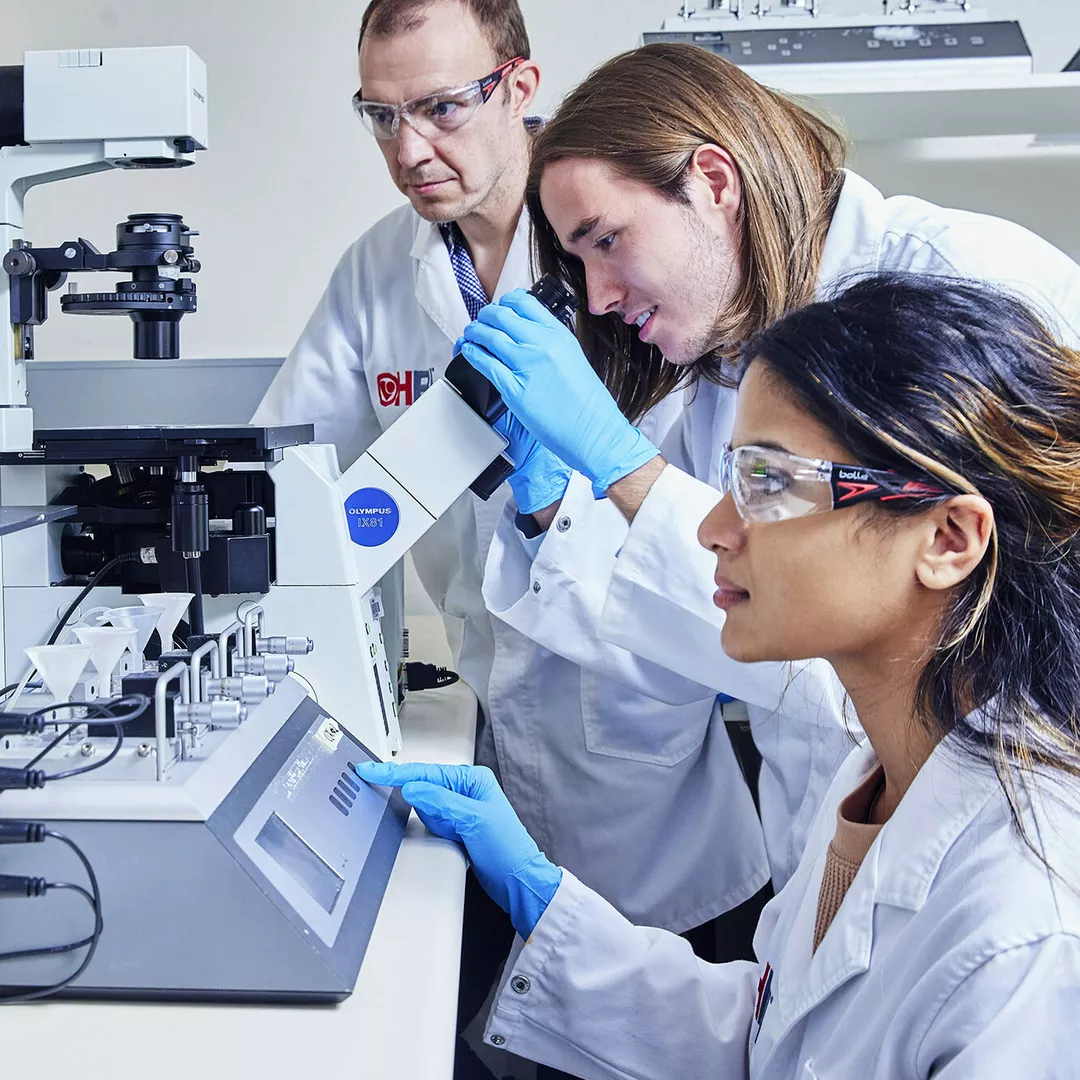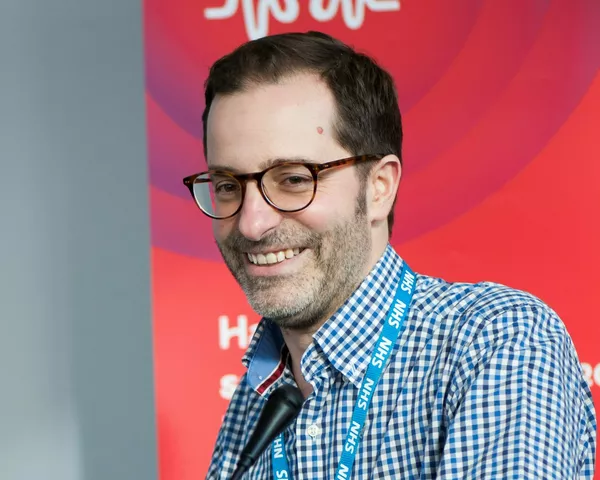
The Heart Research Institute (HRI) is collaborating with the University of Manchester, UK on research that aims to develop a deeper understanding of sepsis to prevent hypotension.
The research led by Dr Chris Stanley, leader of the Microvascular Research team at HRI, and Dr Adam Greenstein and Dr Harry Pritchard of the University of Manchester, is entitled "A 'potential' to fix peripheral arterial tone in sepsis". It is supported by a grant funded by HRI UK donors to advance research into cardiovascular disease.
Dr Greenstein explains further about how this research could open a pathway to new therapeutic targets to treat sepsis.
How common is sepsis globally and what impact does it have on someone who develops it?
Sepsis is huge, but generally takes a back seat to other diseases in terms of its prominence in the world media. The latest report on the global impact of sepsis was published in the Lancet quite recently, and the figures from this paper are currently used by the WHO. Both sources report that in 2017, sepsis impacted 48.9 million people and caused 11 million deaths. This accounts for a staggering 20 per cent of all global deaths!
The impact on the individual is horrendous and widespread across the entire body. Sepsis impacts the vascular system, which in turn impacts all the major organs of the body. A wide range of organ dysfunctions occurs on account of reduced blood flow and disruption to the structure of the organ. This most notably manifests in the brain, lungs, kidneys, and liver. Given how important these organs are to the body, loss of their function can have fatal consequences.
Would you describe sepsis as cardiovascular disease?
The clinical definition of sepsis is that it is a syndrome involving organ dysfunction caused by a dysregulated host immune response. However, if you were to ask me, “Is the cardiovascular system at the centre of the most devastating aspect of sepsis?”, my answer would be, yes absolutely. The loss of pressure in the cardiovascular system, combined with the occurrence of blood clots in the microvessels, is the key driver of organ dysfunction, the most devastating aspect of the syndrome. When organs like the brain, liver and kidneys do not get the blood and nutrients they need, or when blood clots form in such organs disrupting their structure and function, the body is in real trouble.
L-R: Drs Chris Stanley, Adam Greenstein and Harry Pritchard
Are there any treatments currently available to help support the cardiovascular system during sepsis?
Both the Australian Commission on Safety and Quality in Health Care and the UK’s National Institute for Health and Care Excellence offer guidelines on how to treat patients with sepsis and septic shock.
Standard care to support patients with the syndrome promotes fluid resuscitation and vasopressors as key parts of the first-line therapeutic strategy. However, in the case of restoring blood pressure, the use of vasopressors does not try and fix the source of the problem. Instead, vasopressors ignore the cause and just try to override the problem. While this approach can work in some patients, it isn’t that effective, and it can cause its own problems. What we should be trying to do is understand the condition further so that we can reverse it and allow the cardiovascular system to revert to being able to auto-regulate.
What is the potentially significant breakthrough your team has made?
The impact of sepsis on the tiny arteries far away from the heart triggers a drastic fall in blood pressure. If you examine the function of these small arteries, you realise that they have a real loss of function. This manifests as an inability to contract and relax to stimuli.
Our breakthrough was identifying a novel chemical that is enzymatically produced in the artery, and our work suggests that this chemical causes a major part of the problem. We now need to go on and specifically understand how this chemical causes the damage that it does.
What techniques will you use to study these arteries?
Our team studies muscle cells in the walls of these tiny arteries, to see what happens as the cells respond to external signals (eg, as the cells respond to signals sent during sepsis).
The techniques we use all have a strong backbone in physiology, meaning most changes and signals that we look for are very visual. This includes isolating arteries from laboratory models of sepsis and measuring changes in their diameter in response to stimuli in real time. As we are doing this, we also assess the movement and signalling of intracellular ions via the use of fluorescent probes along with measuring the membrane permeability to ions through electrical recordings. The movement of ions inside the cell or the flux of ions in and out of the cell is fundamental to the function of the artery. Yet in sepsis, we have very limited information on these extremely important processes. Our work will map out many of these key processes along with determining a role for our novel chemical in driving some of these processes.
How will the HRI UK grant funding help your work?
This funding allows for a great collaboration to be set up between Dr Greenstein, who has expertise in high-speed imaging of the intracellular signalling of ions; Dr Pritchard, who has expertise in measuring the smooth muscle permeability to ions; and Dr Stanley, who discovered the novel chemical that is believed to contribute to sepsis pathology.
What do you hope to have achieved at the end of this two-year project?
By the end of this project, we will have made key fundamental observations about how sepsis impacts the normal function of arteries. Our work will also show how changes in arterial function are linked to novel chemicals released during sepsis and, we hope, will illuminate new therapeutic targets.
How might this work be applied to help treat a person with sepsis?
Our aim is simple. We aim to identify a druggable target that can reverse the drop in blood pressure seen in septic shock. What this would look like in the clinic is that as the patient becomes hypotensive, medical staff have a deeper understanding of what the cause of this pathology is, and more importantly, would give them the tools to treat it.
Header image: Microvascular Research team at HRI
Related research areas





